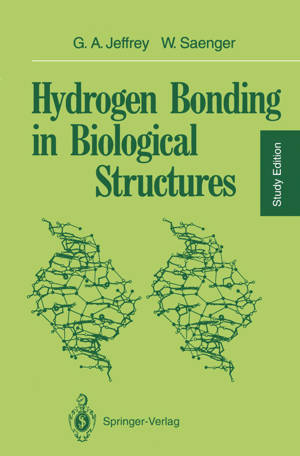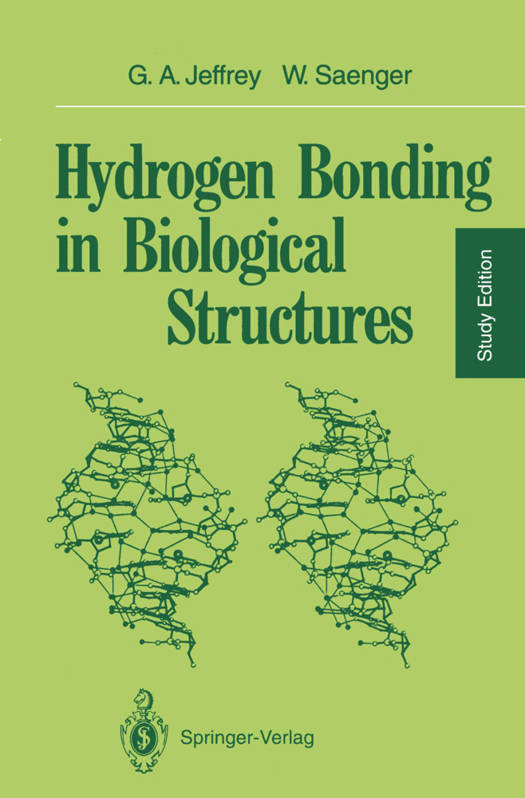
- Afhalen na 1 uur in een winkel met voorraad
- Gratis thuislevering in België vanaf € 30
- Ruim aanbod met 7 miljoen producten
- Afhalen na 1 uur in een winkel met voorraad
- Gratis thuislevering in België vanaf € 30
- Ruim aanbod met 7 miljoen producten
Zoeken
€ 105,45
+ 210 punten
Omschrijving
Hydrogen bonds are weak attractions, with a binding strength less than one-tenth that of a normal covalent bond. However, hydrogen bonds are of extraordinary importance; without them all wooden structures would collapse, cement would crumble, oceans would vaporize, and all living things would disintegrate into random dispersions of inert matter.
Hydrogen Bonding in Biological Structures is informative and eminently usable. It is, in a sense, a Rosetta stone that unlocks a wealth of information from the language of crystallography and makes it accessible to all scientists. (From a book review of Kenneth M. Harmon, Science 1992)
Hydrogen Bonding in Biological Structures is informative and eminently usable. It is, in a sense, a Rosetta stone that unlocks a wealth of information from the language of crystallography and makes it accessible to all scientists. (From a book review of Kenneth M. Harmon, Science 1992)
Specificaties
Betrokkenen
- Auteur(s):
- Uitgeverij:
Inhoud
- Aantal bladzijden:
- 569
- Taal:
- Engels
Eigenschappen
- Productcode (EAN):
- 9783540579038
- Verschijningsdatum:
- 27/05/1994
- Uitvoering:
- Paperback
- Formaat:
- Trade paperback (VS)
- Afmetingen:
- 156 mm x 234 mm
- Gewicht:
- 807 g

Alleen bij Standaard Boekhandel
+ 210 punten op je klantenkaart van Standaard Boekhandel
Beoordelingen
We publiceren alleen reviews die voldoen aan de voorwaarden voor reviews. Bekijk onze voorwaarden voor reviews.











